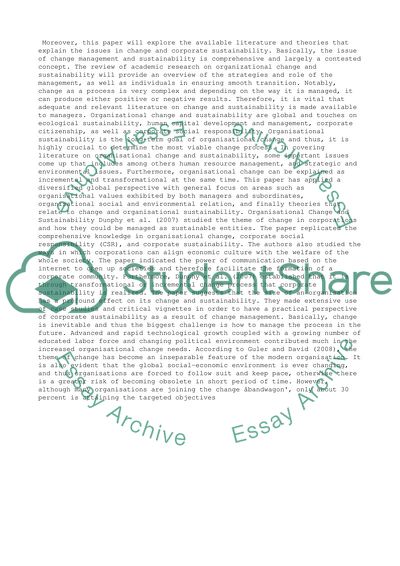Cite this document
(“Organisational Change Management Essay Example | Topics and Well Written Essays - 1250 words”, n.d.)
Retrieved from https://studentshare.org/management/1430824-literature-review-ilr
Retrieved from https://studentshare.org/management/1430824-literature-review-ilr
(Organisational Change Management Essay Example | Topics and Well Written Essays - 1250 Words)
https://studentshare.org/management/1430824-literature-review-ilr.
https://studentshare.org/management/1430824-literature-review-ilr.
“Organisational Change Management Essay Example | Topics and Well Written Essays - 1250 Words”, n.d. https://studentshare.org/management/1430824-literature-review-ilr.


